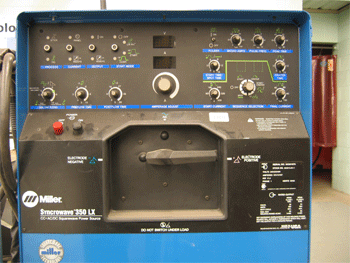 Hello Triddle, This gif is supposed to show the stub detector in action. Use it if you like (and if it works). Fg2 22:09, May 4, 2005 (UTC)
Hello Triddle, This gif is supposed to show the stub detector in action. Use it if you like (and if it works). Fg2 22:09, May 4, 2005 (UTC)
- Thanks, that picture is great! Triddle 22:16, 4 May 2005 (UTC)
- This has been moved to stubsensor#Suggestions; please see the discussion there.
The stub was removed from free nerve ending, apparently because of stubsensor, but it is in fact a stub. Apart from a general definition, and an extremely short description of different kinds of nerve endings (which isn't even complete), this article contains virtually no substance. I'd be very cautious about listing articles for de-stubbing solely based on their lengths. People who participate in the project should be suggested not to de-stub unless they are sure (ie: they actually know something about the topic) the article doesn't deserve a stub template. At the very least, you shouldn't count text in the references (or see also or external links) sections. --jag123 10:58, 5 May 2005 (UTC)
- The article may be incomplete yet not be a stub - I'd suggest that free nerve ending is the former but not the latter.
- "Stub" is not intended to be a "list of articles in this topic that need work" template. —Morven 03:21, May 7, 2005 (UTC)
- What happens if an article you come across from this page is really a stub? Is the idea to retag all stubs to something else? - ie. cleanup, expand, unreferenced, etc. Or do we leave stub stubs in the open section? EvokeNZ 21:35, 15 April 2007 (UTC)
- If the article is really not a stub, the easiest thing to do is just not change anything. If you wish (and it is appropriate), feel free to add any additional tags that you think will help bring more attention to the article. After you have finished with the article and even if no changes are made, please remove it from the open section. Thanks for helping out. :-) Triddle 17:28, 16 April 2007 (UTC)